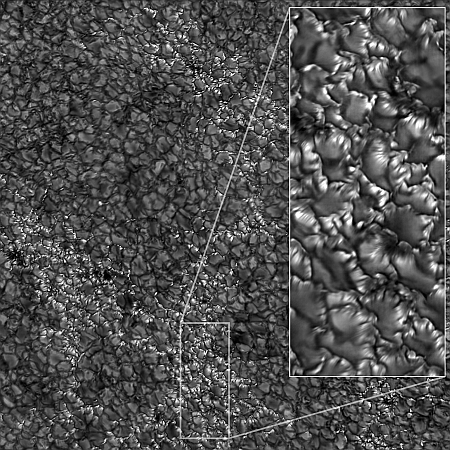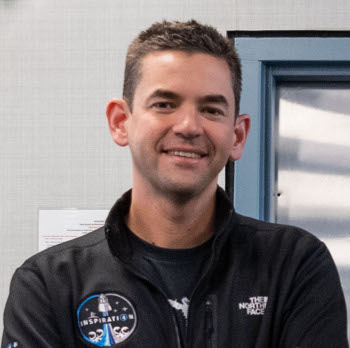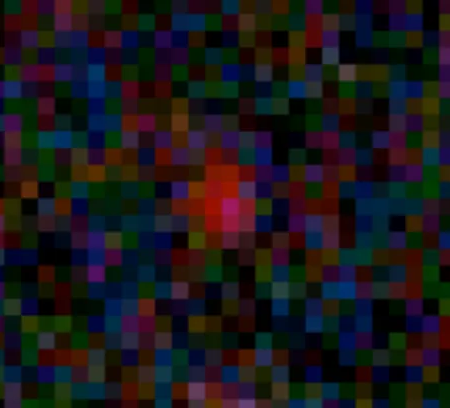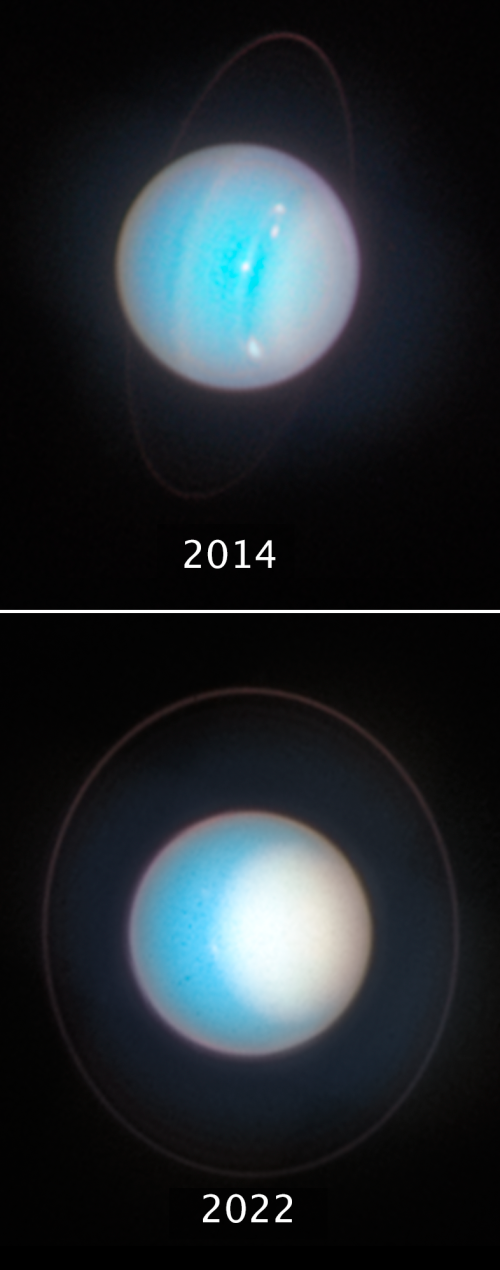New ground-based images of the Sun’s surface
Cool image time! The picture to the right, cropped, reduced, and sharpened to post here, was taken using the Inouye Solar Telescope in Hawaii. It shows the granule surface of the Sun at very high resolution, resolving objects as small as 12 miles across.
The team used the Inouye’s Visible Broadband Imager (VBI) instrument operating in the G-band, a specific range of visible light especially useful for studying the Sun because it highlights areas with strong magnetic activity, making features like sunspots and fine-scale structures like the ones in the study easier to see. The setup allows researchers to observe the solar photosphere at an impressive spatial resolution better than 0.03 arcseconds (i.e., about 20 kilometers on the Sun). This is the sharpest ever achieved in solar astronomy.
The scientists then used computer simulations to confirm that the smallest features, curtains of plasma raising along the walls of the granules, are linked to fluctuations in the Sun’s magnetic field.
As interesting and cutting edge this research is, the language of the press release seems more aimed at touting this telescope then describing new science. Practically every sentence uses words like “unmatched,” “unparalleled,” “unique,” and “unprecedented” (multiple times), and then ended with this quote:
“This is just one of many firsts for the Inouye, demonstrating how it continues to push the of solar research,” says NSO [National Solar Observatory] Associate Director for the NSF [National Science Foundation’s] Inouye Solar Telescope, Dr. David Boboltz. “It also underscores Inouye’s vital role in understanding the small-scale physics that drive space weather events that impact our increasingly technological society here on Earth.”
I have noticed this phenomenon recently in many government press releases. It appears that the releases issued in the past month have become less about real research and are more designed to lobby the public against any possible budget cuts proposed by the Trump administration.
Cool image time! The picture to the right, cropped, reduced, and sharpened to post here, was taken using the Inouye Solar Telescope in Hawaii. It shows the granule surface of the Sun at very high resolution, resolving objects as small as 12 miles across.
The team used the Inouye’s Visible Broadband Imager (VBI) instrument operating in the G-band, a specific range of visible light especially useful for studying the Sun because it highlights areas with strong magnetic activity, making features like sunspots and fine-scale structures like the ones in the study easier to see. The setup allows researchers to observe the solar photosphere at an impressive spatial resolution better than 0.03 arcseconds (i.e., about 20 kilometers on the Sun). This is the sharpest ever achieved in solar astronomy.
The scientists then used computer simulations to confirm that the smallest features, curtains of plasma raising along the walls of the granules, are linked to fluctuations in the Sun’s magnetic field.
As interesting and cutting edge this research is, the language of the press release seems more aimed at touting this telescope then describing new science. Practically every sentence uses words like “unmatched,” “unparalleled,” “unique,” and “unprecedented” (multiple times), and then ended with this quote:
“This is just one of many firsts for the Inouye, demonstrating how it continues to push the of solar research,” says NSO [National Solar Observatory] Associate Director for the NSF [National Science Foundation’s] Inouye Solar Telescope, Dr. David Boboltz. “It also underscores Inouye’s vital role in understanding the small-scale physics that drive space weather events that impact our increasingly technological society here on Earth.”
I have noticed this phenomenon recently in many government press releases. It appears that the releases issued in the past month have become less about real research and are more designed to lobby the public against any possible budget cuts proposed by the Trump administration.












